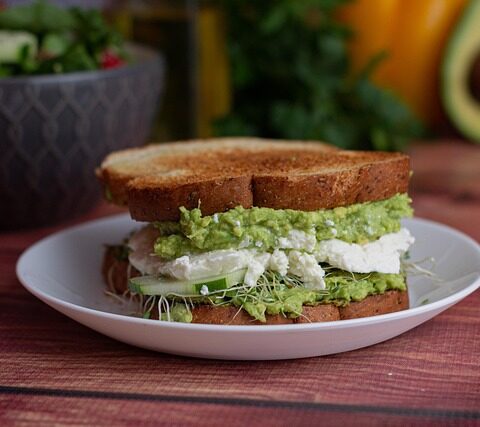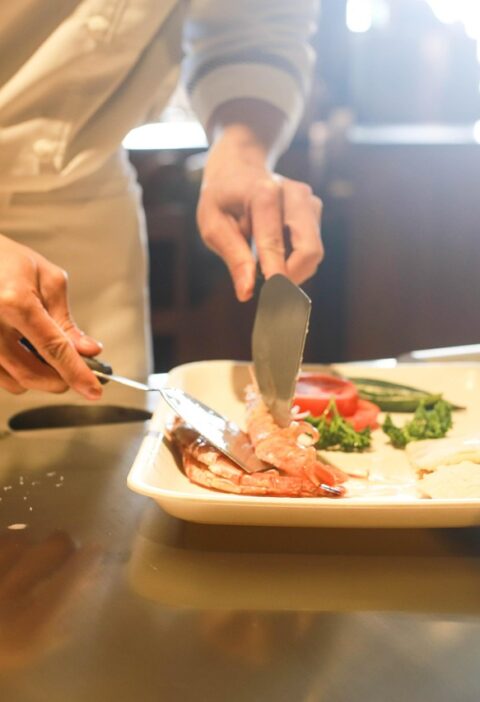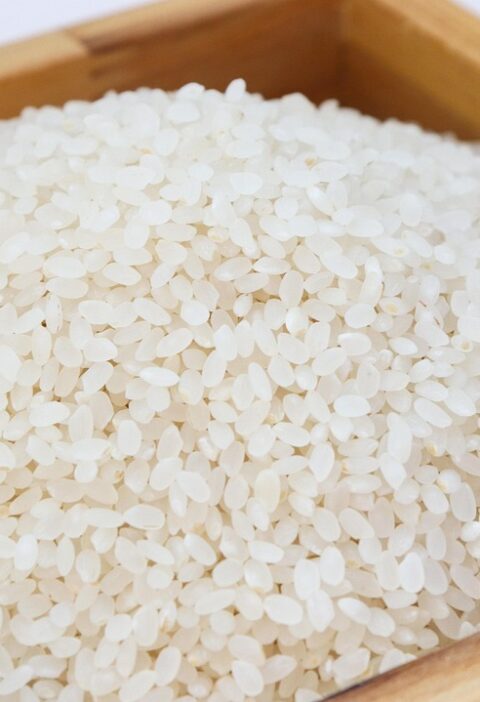Something is wonderful about the sound of sizzling vegetables and tender meat striking a hot pan, the flash of color, the eruption of aroma, the steam of steam pouring into your kitchen. Stir-frying is not only a cooking technique, but it is also an experience. It combines speed, simplicity, and nutrition into a single beautiful motion.
Stir-frying has a Chinese origin that dates back several centuries, but it has gone around the globe, becoming a part of all houses and kitchens. The only difference in it is how forgiving it is; you can put nearly anything in the pan, and with the correct amount of heat and at the correct time, come up with a well-balanced and tasty dish. Stir-frying is your friend if you are a student who is in a hurry to prepare fast food, or you are in need of healthy recipes to prepare dinner.
Why Stir-Frying Works So Well
Stir-frying uses high heat and a small amount of oil to cook food quickly. This means your vegetables stay crisp, your proteins stay juicy, and your food keeps its color, nutrients, and flavor.
Unlike boiling, which can wash away vitamins, or deep-frying, which adds extra fat, stir-frying keeps the nutrition locked inside each ingredient. It’s also energy-efficient; you can prepare an entire meal in under 15 minutes.
The result? A plate that’s fresh, vibrant, and deeply satisfying, without the guilt or long kitchen hours.
Essential Tools for Perfect Stir-Frying
You don’t need an expensive setup. With just a few essentials, you can master stir-frying at home.
1. The Wok
The traditional wok is the heart of stir-frying. Its curved shape allows heat to spread evenly, and the sloped sides make tossing ingredients easier.
If you don’t have a wok, a large, deep frying pan will work just fine, just make sure it heats evenly.
2. A Good Spatula
Use a long-handled wooden or metal spatula. It helps you move food around quickly without burning your hand.
3. High Heat Source
Stir-frying depends on high, consistent heat. A gas stove works best, but if you have an electric stove, preheat your pan a bit longer before adding oil.
4. Prep Bowls
Since stir-frying happens fast, everything should be ready before you start: chopped vegetables, sliced meat, sauces, and spices. Having small prep bowls for each makes the process smooth and stress-free.
Mastering the Basics of Stir-Frying
Step 1: Prep Everything Before You Start
Stir-frying moves quickly. Once the oil hits the pan, there’s no time to chop or mix. Cut all your vegetables into similar sizes so they cook evenly. Slice meat thinly against the grain; it cooks faster and stays tender.
Step 2: Choose the Right Oil
Use oils that can handle high heat. Good options include:
- Vegetable oil
- Peanut oil
- Canola oil
- Sunflower oil
Avoid butter or olive oil, as they burn easily.
Step 3: Heat the Pan First
This is one of the secrets to good stir-fry. Heat your wok or pan until it’s very hot before adding oil. You should see a slight shimmer in the oil; that’s when you know it’s ready.
If you add food too early, it will soak up oil and turn greasy instead of crisp.
Step 4: Cook Protein First
Add your meat, chicken, or tofu first. Let it sear for a few seconds before stirring. Once it’s browned and cooked through, remove it from the pan and set it aside.
Step 5: Add Aromatics
Now it’s time to add garlic, ginger, or onions; these build the foundation of flavor. The scent that rises from the pan at this moment is irresistible.
Step 6: Toss in the Vegetables
Start with the ones that take longer to cook, like carrots or broccoli. Then add softer ones like bell peppers or snap peas. Keep tossing to make sure everything cooks evenly.
Step 7: Combine Everything
Add back your cooked protein, pour in your sauce, and stir until everything is coated. The sauce should cling lightly to the ingredients without drowning them.
Step 8: Serve Immediately
Stir-fried dishes taste best hot, straight from the pan. Serve with rice, noodles, or even eat it as is.
Balancing Flavor Like a Pro
The secret to stir-fry flavor is balance. Most great sauces follow a simple formula:
Salty + Sweet + Sour + Spicy (optional).
Here’s how it works:
- Salty: Soy sauce, oyster sauce, fish sauce, or salt.
- Sweet: A little sugar, honey, or hoisin sauce.
- Sour: Rice vinegar or lime juice adds brightness.
- Spicy: Chili paste or flakes for heat.
Mix and match these elements to find your perfect balance.
Easy Homemade Stir-Fry Sauce
Here’s a simple sauce you can make from pantry staples:
- 3 tablespoons soy sauce
- 1 tablespoon oyster sauce
- 1 tablespoon cornstarch
- 1 tablespoon sugar or honey
- 1 teaspoon sesame oil
- ½ cup water or chicken broth
Whisk it together and pour it in during the final minute of cooking. It thickens slightly, coating every bite beautifully.
Healthy Stir-Fry Combinations to Try
1. Chicken and Broccoli: Classic, comforting, and quick. Tender chicken breast with crunchy broccoli in a light soy and garlic sauce.
2. Beef and Bell Pepper: Thin beef slices with colorful peppers in a dark, rich sauce. Perfect over steamed rice.
3. Shrimp and Snow Peas: Juicy shrimp tossed with sweet, crisp snow peas and a hint of ginger. Light but full of flavor.
4. Vegetable Medley: A mix of carrots, zucchini, bell peppers, and cabbage, perfect for vegetarians and anyone who wants a vitamin boost
5. Tofu and Mushroom: Soft tofu absorbs all the sauce while mushrooms add umami depth, delicious with noodles or brown rice.
Tips for Perfect Stir-Fry Every Time
- Don’t Overcrowd the Pan: Too much food at once lowers the temperature and causes steaming instead of frying. Cook in batches if needed.
- Keep Everything Moving: Stir constantly to prevent burning and to make sure all sides cook evenly.
- Don’t Overcook: Vegetables should be tender but still crisp. Overcooking makes them limp and dull.
- Add Sauce Last: Pouring it too early can make things soggy. Add it at the end for that glossy finish.
- Experiment Freely: Use what you have; leftover veggies, meat, or rice can all turn into a quick stir-fry meal.
Why Stir-Frying Is Perfect for Healthy Living
Stir-frying uses minimal oil, cooks food fast, and keeps nutrients intact. You control everything that goes in, less sodium, more vegetables, and no unnecessary additives.
For busy people, it’s the ideal solution: healthy food that doesn’t take hours to prepare. You can customize your dish to fit any diet: gluten-free, vegan, low-carb, or high-protein.
Common Mistakes and How to Avoid Them
- Adding food to a cold pan: Always wait for the oil to heat.
- Too much sauce: A little goes a long way; you want flavor, not soup.
- Not prepping ahead: The biggest stir-fry mistake is chopping while the pan’s already hot. Prep first!
- Using the wrong oil: High smoke point oils are essential for safety and taste.
- Neglecting texture: Balance soft and crunchy ingredients for a satisfying bite.
Creative Stir-Fry Variations
Once you master the basics, play around with global twists:
- Thai Style: Add lime juice, basil, and chili for a fresh, spicy kick.
- Japanese Style: Use teriyaki sauce and sesame seeds.
- Korean Style: Try gochujang paste for sweet heat.
- Western Twist: Toss pasta or quinoa instead of rice for something new.
Conclusion
Stir-frying is the practice of achieving equilibrium between fire and time, exactness and pleasure, simplicity and contentment. It teaches you to follow your instincts, to cook rhythmically, and to taste as you cook. You do not have to have fancy sauces, imported oils, and professional skills; nothing but a hot pot, fresh stuff, and your time. What is so beautiful about stir-frying is that it makes simple times so cozy: the rattle of a spatula, the shine of sauce on your vegetables, and the smell that lingers in your kitchen.
So tonight, grab what you have, heat your pan, and stir your way to a fast, healthy, and delicious meal in just minutes.








